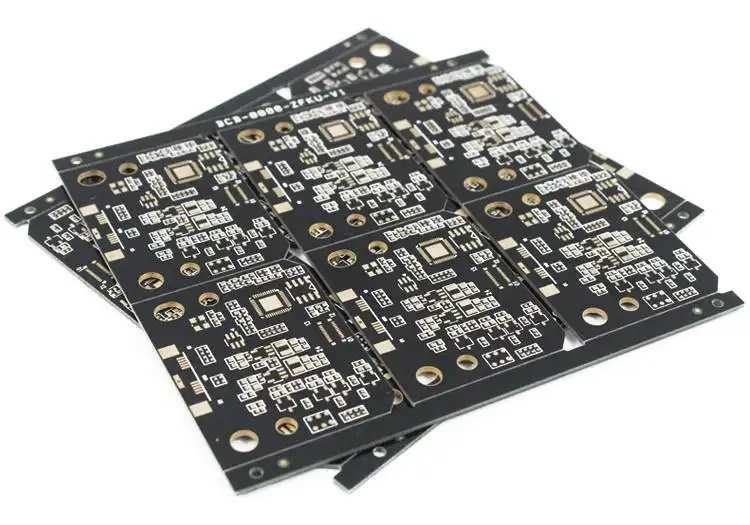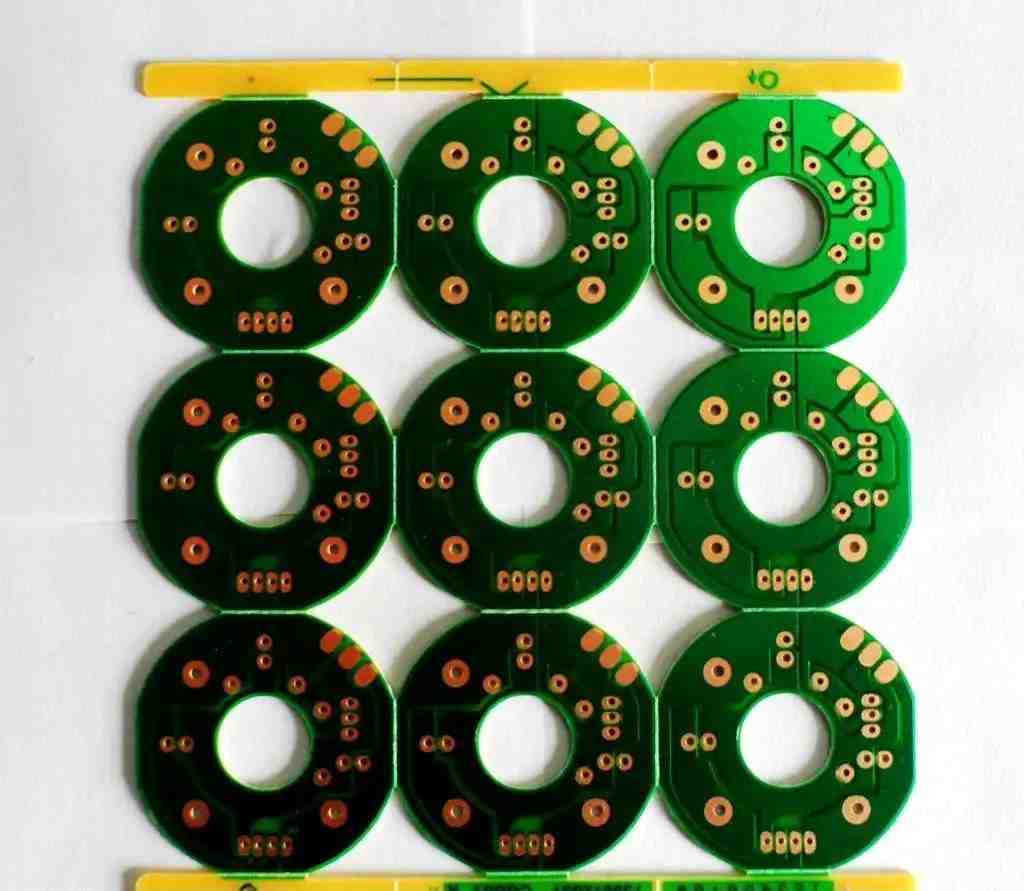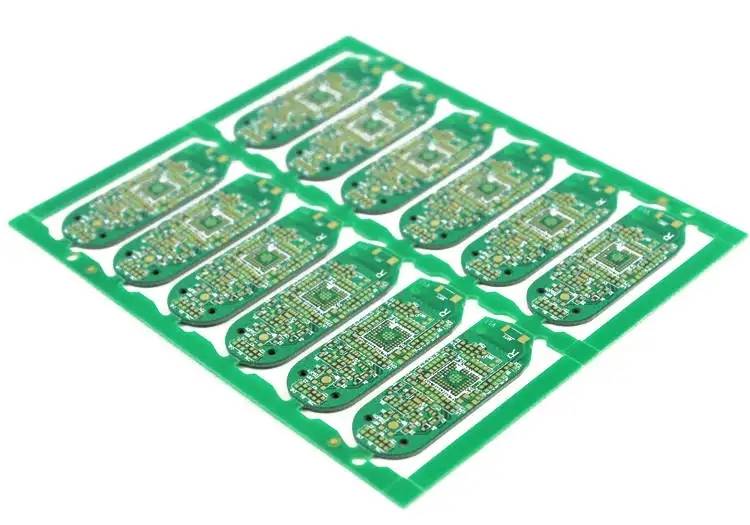
Problems in PCB Design of Power Amplifier Circuit and Preventive Measures
Introduction: Noise and amplifier are inseparable. The purpose of reducing noise is to reduce it to an acceptable range, not to eliminate it completely. In other words, the signal-to-noise ratio can only be improved as much as possible, but not infinitely. Next, we will briefly analyze the source and mechanism of noise, and then learn some effective prevention and control measures that have been tested in practice. PCB design and PCB processing manufacturers explain the problems and prevention measures in PCB design of power amplifier circuit.
Active speakers are the combination of speakers and amplifiers. Therefore, the noise analysis of active speakers is similar to that of general amplifiers. HIFI amplifiers can be used for reference in analysis and processing.
It is inevitable that the noise is accompanied by the amplifier. The purpose of this discussion is to reduce the noise to an acceptable range, not to eliminate it completely. In other words, the signal-to-noise ratio can only be improved as much as possible, but not infinitely. Next, we will briefly analyze the source and mechanism of noise, and then learn some effective prevention and control measures that have been tested in practice.
1、 Electromagnetic interference and prevention measures
1. Electromagnetic interference
The main sources of electromagnetic interference are power transformers and space stray electromagnetic waves.
Except for a few special products, most active speakers are powered by mains power, so power transformers must be used. The working process of the power transformer is a "electricity magnetic electricity" conversion process, in which magnetic leakage is bound to occur. The transformer magnetic leakage is picked up and amplified by the amplification circuit, which is finally expressed as the AC sound from the speakers.

Common specifications of power transformers include EI type, ring type and R type. From the perspective of sound quality or electromagnetic leakage, these three types of transformers have their own advantages and disadvantages, which cannot be simply determined.
EI transformer is the most common and widely used transformer. The major audio manufacturers in Shenzhen basically use EI transformers. The magnetic leakage mainly comes from the air gap between E and I type iron core and the radiation of the coil itself. The magnetic leakage of EI type transformer is directional, as shown in the figure below. In the three directions of X, Y and Z axes, the Y axis of the coil axis has the strongest interference, while the Z axis has the weakest interference. The radiation in the X axis is between Y and Z, so the Y axis should not be parallel to the circuit board in actual use.
Toroidal Transformer
Since there is no air gap in the ring type transformer and the coil windings the iron core evenly, theoretically the magnetic leakage is very small, and there is no coil radiation. However, because there is no air gap in the ring type transformer, its anti saturation ability is poor, and it is easy to produce saturation when there is DC component in the mains, resulting in strong magnetic leakage. In many areas of China, the electric wave distortion is serious, so many users feel that the ring type transformer is not better than the EI type transformer, or even worse. The so-called ring type transformer has no leakage at all, or is misled by the media, or is fabricated by the manufacturer for the need of commercial publicity. The statement that the magnetic leakage of the ring type transformer is extremely low is only true when the market wave type is a strict sine wave. In addition, the ring transformer will also have strong electromagnetic leakage at the lead, so the magnetic leakage of the ring transformer is also directional. When the ring transformer is actually installed, it will rotate to obtain the highest signal-to-noise ratio at a certain angle.
The R-type transformer can be simply regarded as a circular ring type transformer with a cross section, but there are differences in coil winding techniques. The heat dissipation condition is far better than that of the ring type transformer. The iron core is gradually opened and gradually closed. The electromagnetic leakage of the R-type transformer is similar to that of the ring type transformer. As the wire length of each turn is shorter than that of the ring type transformer and can be wound close to the iron core, the copper loss of R type transformer among the above three types of transformers is the smallest.
2. Main prevention and control measures for electromagnetic interference:
1) Reduce the input impedance.
The electromagnetic wave is mainly picked up by the wire and PCB wiring. Under certain conditions, the electromagnetic wave picked up by the wire can be basically regarded as constant power. According to P=U ^ U/R deduction, the induced voltage is inversely proportional to the square of the resistance value, that is, the low impedance of the amplifier is beneficial to reduce electromagnetic interference.
2) Enhance high frequency anti-interference capability
In view of the characteristic that most stray electromagnetic waves are medium and high frequency signals, magnetic sheet capacitors are added to the ground at the input end of the amplifier, and the capacitance value can be selected between 47 and 220P. The frequency turning point of capacitance with hundreds of pico capacitance values is two or three orders of magnitude higher than the audio range, and the impact on the sound pressure response and sense of hearing in the effective audio band can be ignored.
3) Pay attention to the installation method of power transformer
The power transformer with good quality shall be used, the distance between the transformer and PCB shall be as far as possible, the orientation between the transformer and PCB shall be adjusted, and the sensitive end of the transformer and the amplifier shall be far away; The interference intensity of EI type power transformer is different in each direction, so try to avoid the Y axis direction with the strongest interference intensity aligning with the PCB
4) Metal enclosure must be grounded
For HIFI independent power amplifiers, the products with design specifications have an independent grounding point on the chassis, which actually reduces external interference by virtue of the electromagnetic shielding effect of the chassis; For common active speakers, the metal panel, which also serves as the radiator, also needs to be grounded; The housing of volume and tone potentiometers shall be grounded as far as possible if conditions permit. The practice has proved that this measure is very effective for PCBs working in harsh electromagnetic environment. PCB design and PCB processing manufacturers explain the problems and prevention measures in PCB design of power amplifier circuit.









